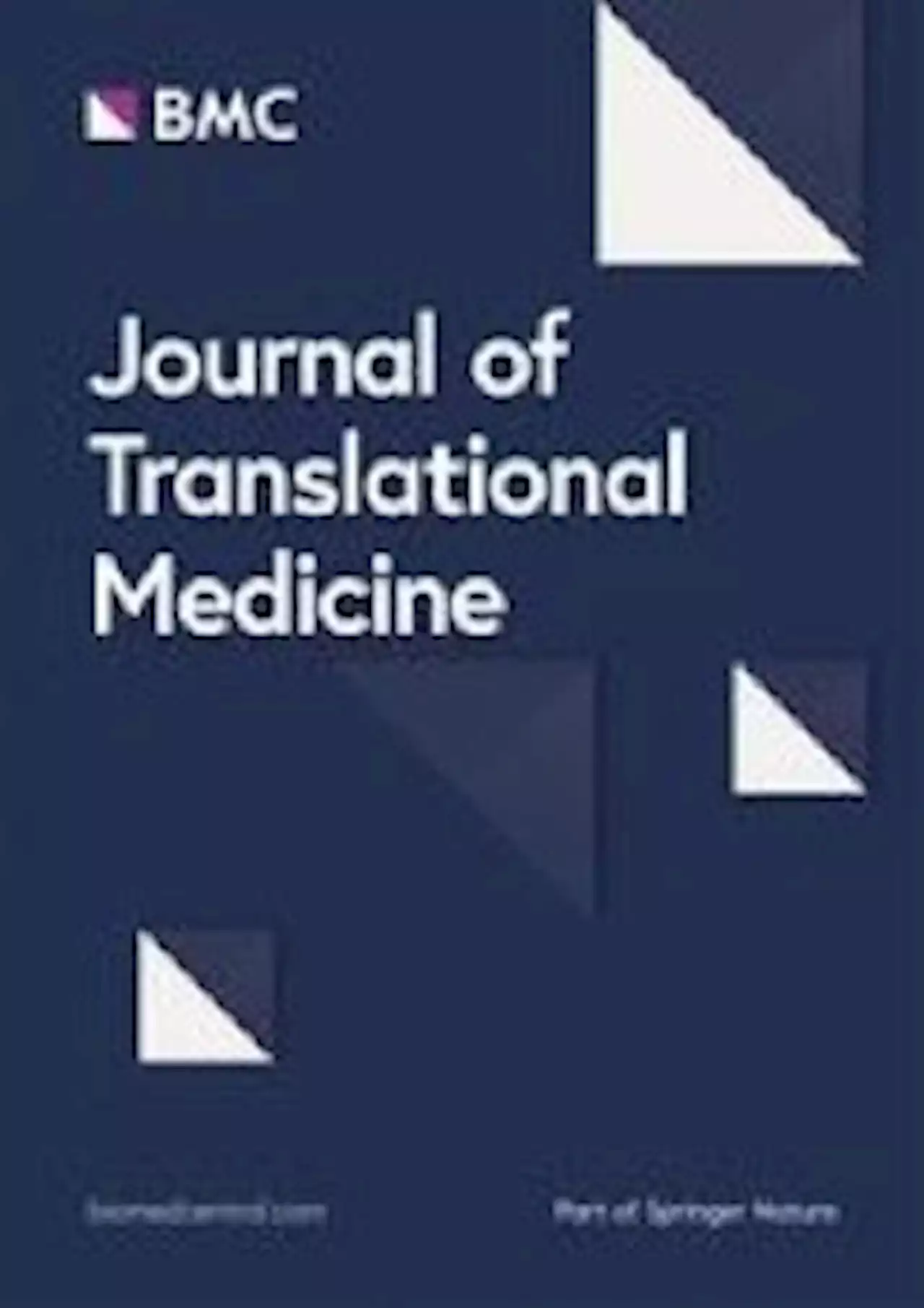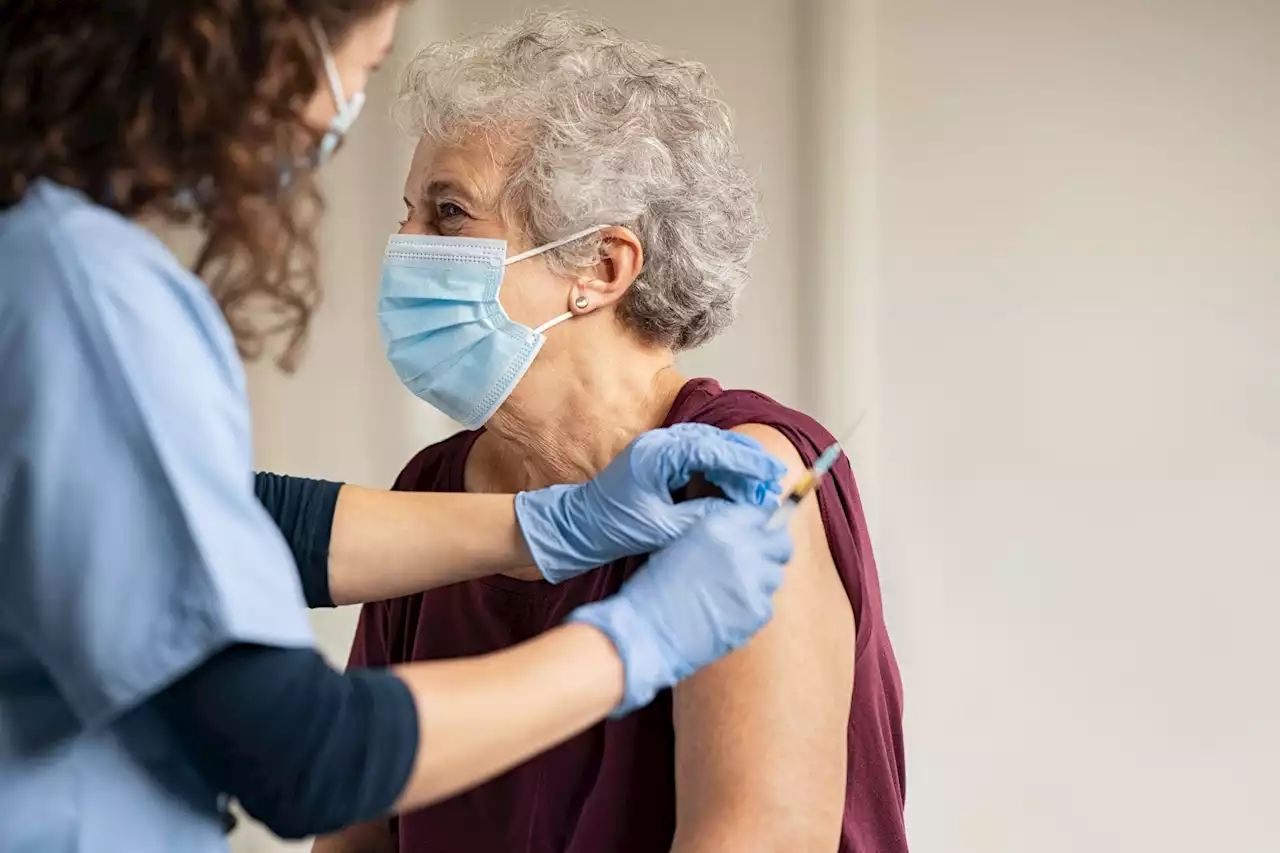CDC reports on vaccine effectiveness of bivalent COVID-19 vaccine among vaccinated vs. unvaccinated adults aged ≥65 years in 2022-23 CDCMMWR vaccine effectiveness vaccineeffectiveness covid COVID19 SARSCoV2 unvaccinated vaccinated bivalent
By Neha MathurJun 19 2023Reviewed by Lily Ramsey, LLM In a recent Morbidity and Mortality Weekly Report , the United States Centers for Disease Control and Prevention reported how coronavirus disease 2019 mortality rates varied among unvaccinated and vaccinated adults aged ≥65 years in the United States between 2022 and 2023.
Following these vaccine programs, studies analyzed COVID-19 cases and mortality rates by vaccination status soon after authorization of bivalent COVID-19 vaccines, which showed these vaccines conferred additional protection. The CDC retrieved study data, i.e., weekly counts of COVID-19–related deaths among unvaccinated individuals and bivalent booster recipients for September 18, 2022–April 1, 2023, from 20 U.S. jurisdictions. Note that the COVID-19 case surveillance data in the U.S. is linked to immunization registries and registration databases on a routine basis.
Observations Among those≥65 years who received a bivalent COVID-19 vaccine booster or remained unvaccinated, there were 8,161 COVID-19–related deaths across 20 U.S. jurisdictions between September 18, 2022, and April 1, 2023. The CDC also reported time-stratified mortality rates among unvaccinated and vaccinated people two weeks to two months after receiving a bivalent booster vaccination.
Conclusions To summarize, a bivalent COVID-19 booster vaccination provided substantial and durable protection against COVID-19–related death in adults aged ≥65 years.
United Kingdom Latest News, United Kingdom Headlines
Similar News:You can also read news stories similar to this one that we have collected from other news sources.
 The Newcastle United Class of 2022/23 - Elliot AndersonElliot Anderson - The Newcastle United Class of 2022/23.
The Newcastle United Class of 2022/23 - Elliot AndersonElliot Anderson - The Newcastle United Class of 2022/23.
Read more »
 The Newcastle United Class of 2022/23 - Dan BurnDan Burn - The Newcastle United Class of 2022/23.
The Newcastle United Class of 2022/23 - Dan BurnDan Burn - The Newcastle United Class of 2022/23.
Read more »
 Martin’s German GP win “emotional” after 2022 MotoGP strugglesPramac Ducati rider Jorge Martin says his MotoGP German Grand Prix win is \u201cemotional\u201d after he \u201cstruggled to be competitive\u201d in 2022.
Martin’s German GP win “emotional” after 2022 MotoGP strugglesPramac Ducati rider Jorge Martin says his MotoGP German Grand Prix win is \u201cemotional\u201d after he \u201cstruggled to be competitive\u201d in 2022.
Read more »
 Martin's German GP win "emotional" after 2022 MotoGP strugglesPramac Ducati rider Jorge Martin says his MotoGP German Grand Prix win is \u201cemotional\u201d after he \u201cstruggled to be competitive\u201d in 2022.
Martin's German GP win "emotional" after 2022 MotoGP strugglesPramac Ducati rider Jorge Martin says his MotoGP German Grand Prix win is \u201cemotional\u201d after he \u201cstruggled to be competitive\u201d in 2022.
Read more »
 Nottingham suspect remanded in custody over murders of students and caretakerValdo Calocane, 31, is accused of stabbing Barnaby Weller and Grace O’Malley-Kumar, both 19, to death before killing 65-year-old Ian Coates.
Nottingham suspect remanded in custody over murders of students and caretakerValdo Calocane, 31, is accused of stabbing Barnaby Weller and Grace O’Malley-Kumar, both 19, to death before killing 65-year-old Ian Coates.
Read more »
 The relevance of pacing strategies in managing symptoms of post-COVID-19 syndrome - Journal of Translational MedicineBackground Post-COVID-19 syndrome (PCS) shares many features with myalgic encephalomyelitis/chronic fatigue syndrome (ME/CFS). PCS represents a major health issue worldwide because it severely impacts patients’ work activities and their quality of life. In the absence of treatment for both conditions and given the beneficial effect of pacing strategies in ME/CFS, we conducted this study to assess the effectiveness of pacing in PCS patients. Methods We retrospectively included patients meeting the World Health Organization definition of PCS who attended the Internal Medicine Department of Angers University Hospital, France between June 2020 and June 2022, and were followed up until December 2022. Pacing strategies were systematically proposed for all patients. Their medical records were reviewed and data related to baseline and follow-up assessments were collected. This included epidemiological characteristics, COVID-19 symptoms and associated conditions, fatigue features, perceived health status, employment activity, and the degree of pacing adherence assessed by the engagement in pacing subscale (EPS). Recovery was defined as the ability to return to work, and improvement was regarded as the reduction of the number and severity of symptoms. Results A total of 86 patients were included and followed-up for a median time of 10 [6–13] months. Recovery and improvement rates were 33.7% and 23.3%, respectively. The EPS score was the only variable significantly associated with recovery on multivariate analysis (OR 40.43 [95% CI 6.22–262.6], p | 0.001). Patients who better adhered to pacing (high EPS scores) experienced significantly higher recovery and improvement rates (60–33.3% respectively) than those with low (5.5–5.5% respectively), or moderate (4.3–17.4% respectively) scores. Conclusion Our findings demonstrated that pacing is effective in the management of patients with PCS, and that high levels of adherence to pacing are associated with better outcomes.
The relevance of pacing strategies in managing symptoms of post-COVID-19 syndrome - Journal of Translational MedicineBackground Post-COVID-19 syndrome (PCS) shares many features with myalgic encephalomyelitis/chronic fatigue syndrome (ME/CFS). PCS represents a major health issue worldwide because it severely impacts patients’ work activities and their quality of life. In the absence of treatment for both conditions and given the beneficial effect of pacing strategies in ME/CFS, we conducted this study to assess the effectiveness of pacing in PCS patients. Methods We retrospectively included patients meeting the World Health Organization definition of PCS who attended the Internal Medicine Department of Angers University Hospital, France between June 2020 and June 2022, and were followed up until December 2022. Pacing strategies were systematically proposed for all patients. Their medical records were reviewed and data related to baseline and follow-up assessments were collected. This included epidemiological characteristics, COVID-19 symptoms and associated conditions, fatigue features, perceived health status, employment activity, and the degree of pacing adherence assessed by the engagement in pacing subscale (EPS). Recovery was defined as the ability to return to work, and improvement was regarded as the reduction of the number and severity of symptoms. Results A total of 86 patients were included and followed-up for a median time of 10 [6–13] months. Recovery and improvement rates were 33.7% and 23.3%, respectively. The EPS score was the only variable significantly associated with recovery on multivariate analysis (OR 40.43 [95% CI 6.22–262.6], p | 0.001). Patients who better adhered to pacing (high EPS scores) experienced significantly higher recovery and improvement rates (60–33.3% respectively) than those with low (5.5–5.5% respectively), or moderate (4.3–17.4% respectively) scores. Conclusion Our findings demonstrated that pacing is effective in the management of patients with PCS, and that high levels of adherence to pacing are associated with better outcomes.
Read more »
